The rise of new technology in recent decades has left an indelible mark on various aspects of human life, including the way we work. The modern workplace is virtually unrecognizable from what it was even just a generation ago. From telecommuting and automation to digital communication and artificial intelligence, these advancements are revolutionizing the workplace. Let’s explore the multifaceted impact of new technology on today’s professional realm.
1. The Emergence of the Digital Workspace
Thanks to cloud-based platforms and collaboration tools, the traditional office setting is no longer the sole hub for work. Virtual platforms like Slack, Microsoft Teams, and Zoom have made it possible to connect teams from all over the globe in real time. This has given rise to telecommuting and remote work as viable options for many companies, offering a greater work-life balance to employees and access to a broader talent pool for employers.
2. Enhanced Productivity and Efficiency
Technology has ushered in a new era of productivity tools that streamline tasks. From customer relationship management (CRM) systems that centralize client information to project management tools that help track tasks and milestones, employees now have a suite of tools that automate repetitive tasks. Moreover, with the advent of AI and machine learning, routine jobs are getting automated, enabling workers to focus on more strategic, creative, and value-driven tasks.
3. The Changing Nature of Jobs
While automation and AI are enhancing many job roles, they are also displacing others. Traditional roles, especially those that involve repetitive tasks, are becoming obsolete. In their place, new jobs, especially in the tech sector, are emerging. This necessitates a continuous learning mindset and adaptability among employees. Upskilling and reskilling are becoming central to career development, prompting both individuals and organizations to invest in ongoing education.
Related Topics:
- The Modern Workplace: The Digital Pivot with Analytics at its Core
- SharePoint in 2024: Powering the Modern Workplace with Collaborative Efficiency and Strategic Analytics
- Analytics in Microsoft’s Modern Workplace

4. Improved Communication and Collaboration
Gone are the days when memos and physical meetings were the primary means of communication. Instant messaging, video conferencing, and collaborative platforms have made real-time interaction effortless, breaking down geographical barriers. This has fostered a more inclusive environment where diverse teams can collaborate and share insights without any constraints.
5. Data-Driven Decision Making
With the proliferation of Big Data and analytics tools, organizations are now empowered to make informed decisions based on concrete data. Whether it’s market trends, customer preferences, or employee performance metrics, actionable insights can be gleaned from data sets, leading to more strategic and successful outcomes.
6. Health and Well-being Focus
Modern technology is not just transforming the way we work, but also the way we take care of our health at work. Wearable tech, like smartwatches and fitness bands, are aiding employees in tracking their physical activity, sleep patterns, and stress levels. Moreover, apps focusing on mental well-being are becoming essential in the corporate world, emphasizing the importance of a holistic approach to employee well-being.
7. Enhanced Security and Privacy
With the digital transformation of the workplace, there’s an increasing emphasis on securing sensitive data. Advanced encryption techniques, biometric verification, and cybersecurity measures are now integral to businesses. Additionally, with regulations like GDPR in place, companies are more accountable for data protection than ever before.
8. Sustainability and Environmental Concerns
Modern technology is also paving the way for more sustainable business practices. Digital documentation is reducing the need for paper, virtual meetings are cutting down on business travel emissions, and IoT-enabled devices are helping optimize energy use in office buildings.
You can read more about: The Microsoft Modern Workplace: Driving Productivity Through Strategic Application Use
The marriage of technology and the workplace is an evolving phenomenon. While it brings forth myriad benefits, it also presents challenges. The key for businesses is to strike a balance, ensuring that while they leverage technology for growth and efficiency, they also prioritize the human aspect of work, fostering an environment of learning, adaptability, and well-being. As we stand on the cusp of further technological innovations, the modern workplace’s landscape is bound to undergo even more profound transformations, shaping the future of work in ways we can only begin to imagine.
Additional Topics:
- How Microsoft’s Modern Workplace Leverages Analytics for Success
- SharePoint in 2024: Powering the Modern Workplace with Collaborative Efficiency and Strategic Analytics


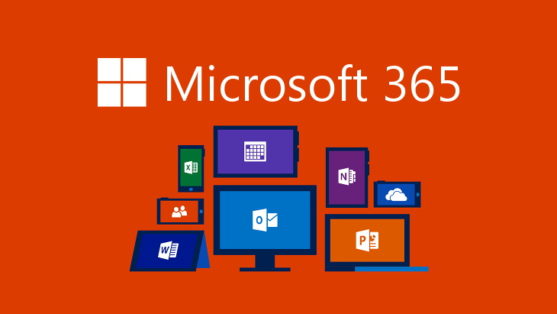



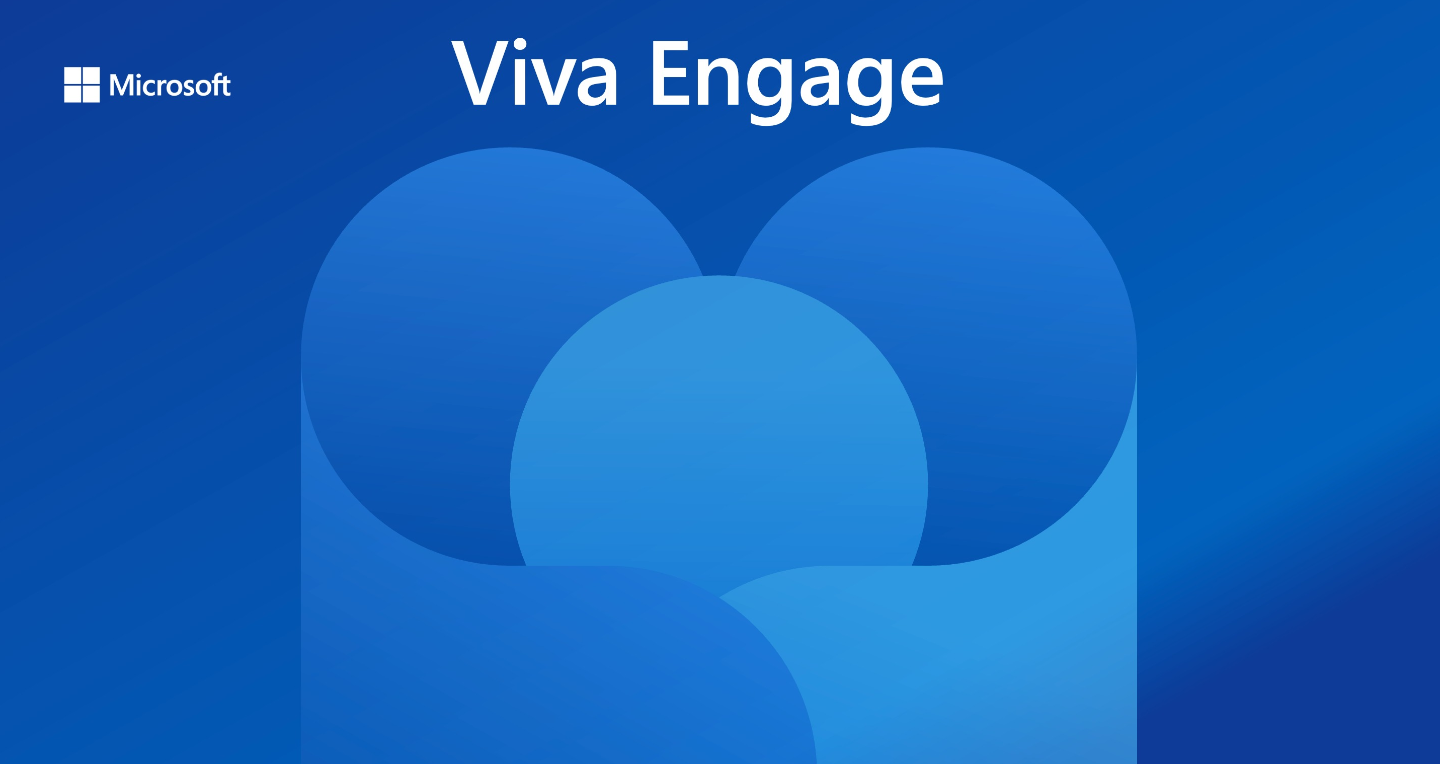
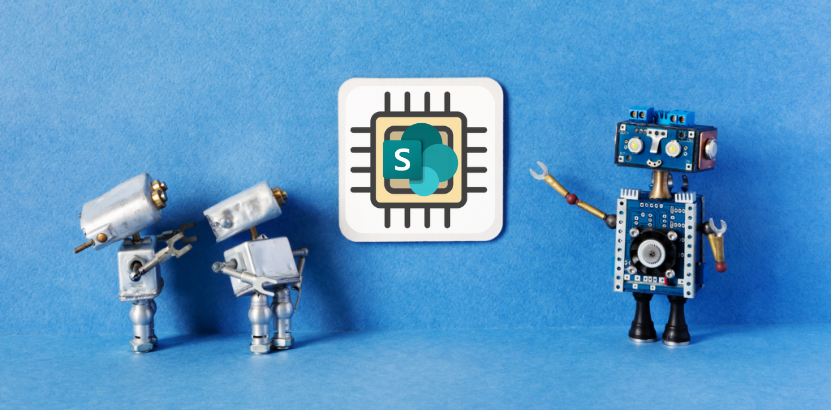
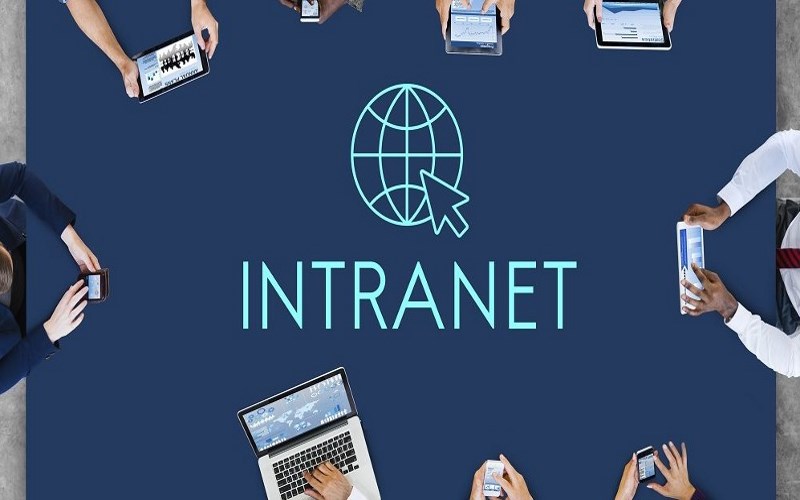

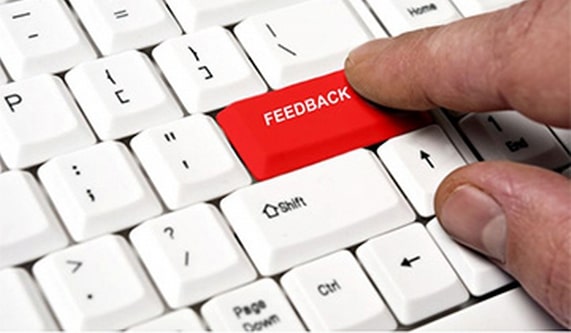
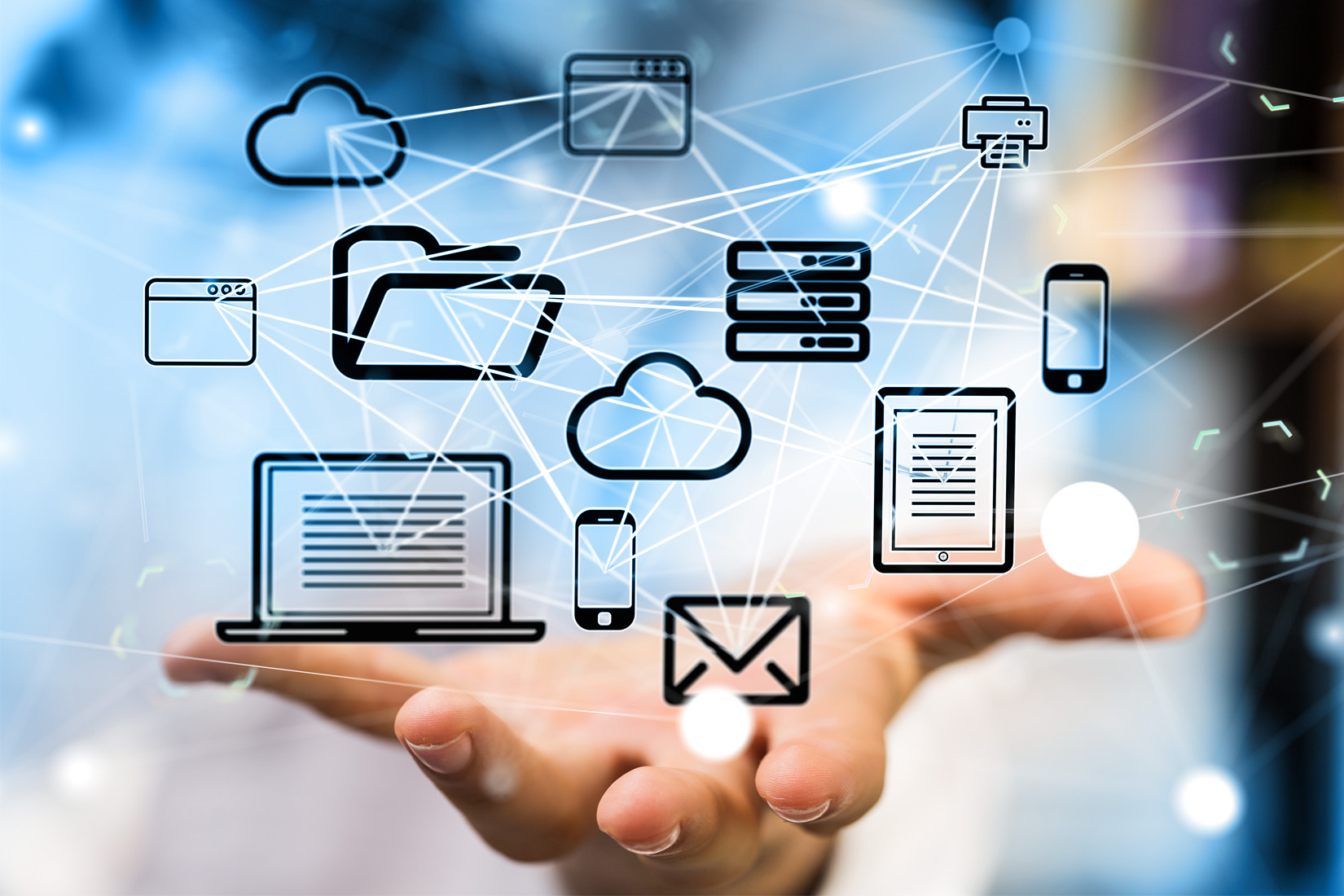
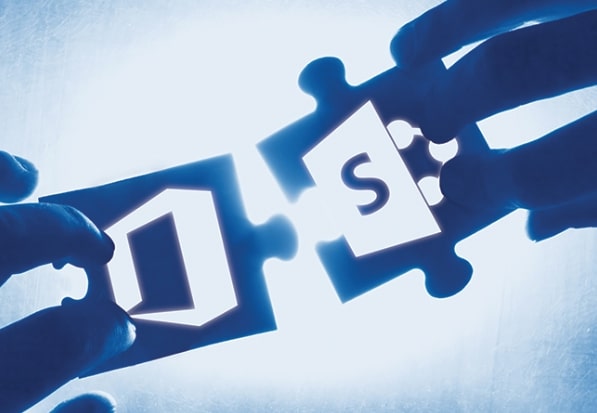

 Follow @cardiolog
Follow @cardiolog 